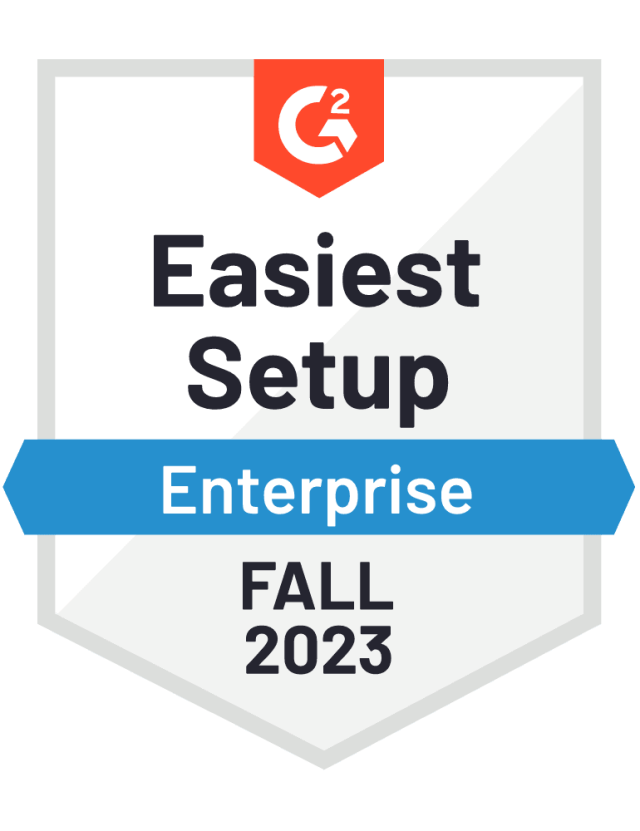Technology has changed so dramatically, in such a short space of time, that it’s had a transformative effect on the way we do business. Tools such as video conference software have enabled us to communicate with colleagues and clients in far-flung locations, bridging enormous distances and minimizing hassle.
However, there’s much more to making good use of technology than just knowing how to start a conference. There are, in particular, other ways of using video content to expand your reach, bolster your authority, promote new products to prospective clients and demonstrate your expertise in your particular field. Many influencers have built up enormous online audiences by doing exactly this.
There’s been much discussion in recent years over whether Facebook Live or pre-recorded videos are more effective. You may think the answer is obvious: choose the method that allows you to reach the most people and earn the most engagements. However, that’s not the only thing you need to think about.
You also need to consider which method is going to allow you to present your ideas most effectively, and whether there is any trade-off to be made between raw engagement numbers and the overall quality of your presentation.
In this guide, we’ll assess the key differences between Facebook Live and pre-recorded videos, their respective pros and cons, and how to choose between them.

Live streams and pre-recorded videos: Pros and cons
One of the main trade-offs you’ll have to make when choosing between a Facebook Live stream or a pre-recorded video is slickness. If you’re preparing to make a video on the finer points of marketing automation workflows or outlining the importance of upskilling, you’ll no doubt want to give a good account of yourself. Obviously, with a live stream, your presentation will be going out with no filter, which can have its pitfalls.
However, this authentic approach can resonate with your audience more than a pre-record. Viewers seem to appreciate the greater randomness that comes with live streaming, and Facebook Live audiences in particular tend to be more receptive to this. The greater spontaneity of a live stream (something we’ll discuss in more detail in the next section) may produce a stronger connection between you and your audience.
Catching the algorithms’ attention
Another point that’s worth bearing in mind here is that Facebook algorithms respond very positively to live video and are likely to put it before a bigger audience. You should remember that Facebook ‘listens’ very closely to live streams – in particular, it pays close attention to the engagement they’re receiving in the form of likes, comments, and so forth. If your video is getting this sort of engagement, the algorithm will push it harder to other users. Live streams perform very well on social media in general, delivering twice the organic interactions as regular video, according to Socialbakers Q3 2020 data.

Delivery and presentation
In addition, going out live forces you to sharpen your presentational skills; granted, this might seem like a high-risk strategy, but it’s one that can pay off in the long run. Say you’re giving a talk on employee engagement, but you’re nervous about slipping up on Facebook Live. It’s an old cliche, but practice really does make perfect – so if you want to push yourself to speak clearer and more concisely, throwing yourself in at the deep end can work wonders.
Plus, you may already find that you have a lot of virtual meetings. This is also a great place to practice your presentation skills and work on your setup. If you want to improve video call quality, follow these tips from our very own Content Producer, Philip Swindall.
Pre-recorded videos, on the other hand, allow you to rehearse your argument and rework aspects of it if you’re unhappy with them, or you feel your delivery was unsatisfactory. They also allow you to add graphics and visuals afterwards, which you can’t do with a live stream. This is particularly helpful for tutorial videos on technical topics such as ‘How can I do a video call?’ or ‘installing a new graphics card’, where content needs to be accurate and well visualized.
If this is the case, then a pre-recorded video might be the best option for you. With pre-recording, you at least have the luxury of being able to rework certain parts if you think they need it, or edit others out if you feel they’re superfluous to whatever points you’re trying to make. If you have a tendency to digress, or perhaps you freeze up at certain points, a pre-recorded video allows you to clear up these little imperfections for a smoother end product.
Spontaneity vs. polish
The most important question to ask at this point is: when is it more appropriate to be spontaneous and when does it work better to be more polished? If you can strike a balance between the two, you’ll be in a stronger position. Some types of video work better when they’re less pre-rehearsed, while others need a slicker approach.
Certainly, pre-recorded videos make it easier for you to assemble a message that’s properly pre-rehearsed. If you’re looking to emphasize to prospective customers that you’re offering the best enterprise network security products, it’s probably best to do this in a way that conveys calm authority rather than spontaneous, playful randomness. It’s a matter of knowing who your audience is and what they’re likely to respond positively to.
For sales videos pitched at prospective clients, a pre-recorded video might be the better solution. At least then, you’ll be able to plan out in advance which points you want to emphasise, and how you can deliver these in a concise way (after all, your clients are probably busy people and will have plenty of other things they could be doing). Facebook Live videos tend to be more conducive to rambling and digression.
It’s always wise, in these scenarios, to put yourself in the client’s shoes as best you can. If you were looking for a hosted predictive dialer for your business, you’d want to know what it can do for you and why it’s a better option than others on the market. A straightforward, well-presented and well-edited pre-recorded video is probably best.
Whereas, if you’re an up-and-coming beauty brand, a live stream showing off various products, responding to incoming questions and generally chatting with your community would be more appropriate.
As we’ve mentioned, Facebook Live is all about real-time engagement. Audiences enjoy the unpredictability and the potential for two-way interaction between broadcaster and audience. There’s a connection with live streams that you don’t otherwise get if you made a pre-recorded video about, say, the ins and outs of revenue recognition.
This can be rewarding and fun for you as well, as your viewers engage with you and give their own perspective. This can shed new light on things, and lead you to make new discoveries that you might not have made otherwise.
However, having said all this, it doesn’t have to be a binary either-or choice. You could potentially use both Facebook Live streams and pre-recorded videos alternately, for different purposes. Research and planning are hugely important when deciding how you might make the most effective use of both methods. We’ll summarise the matter in the following section.
Facebook Live vs. pre-recorded video: Which content works best for each?
It’s worth briefly summarising which types of content work best on Facebook Live streams, and which are better suited to pre-recorded video, taking into account the points we’ve already covered.
Whilst it varies depending on the person and the product, in general, we’d say that Facebook Live is best for:
Less formal presentations.
Webinars involving two-way exchanges.
Q&A sessions.
Informal insights into everyday company culture.
Screenshare product demos.
Pre-recorded video is best for:
Product launches.
More formal presentations and webinars.
New product launch videos.
Sales videos for clients.
The takeaway
So, there’s a lot to think about when you’re choosing whether to make a pre-recorded video or a Facebook Live for your business. Like we’ve mentioned, try to see things from the perspective of your intended audience.
When you’re putting out video content, you need to think carefully about which method works best both to convey the right information (and the desired tone) and which connects with your viewers.
There’s no reason you should have to solely use pre-recorded videos or Facebook Live. You can switch between the two depending on what it is you’re trying to communicate and who you’re trying to reach with your content.
This is why it’s so crucial to think very carefully about what message you want to put across and the most effective way of doing it. You shouldn’t reduce it to a matter of raw engagement numbers, either: it may be that your particular presentational skills and approach are better suited to one method over the other. This is, of course, a matter for individual talents and preferences.
Whichever way you decide to go, a regular supply of thoughtful, authoritative and useful content, as part of a well-thought-out content strategy, can boost your business immensely.
Editor's Note: This article was originally published on socialbakers.com. Any statistics or statements included in this article were current at the time of original publication.

















